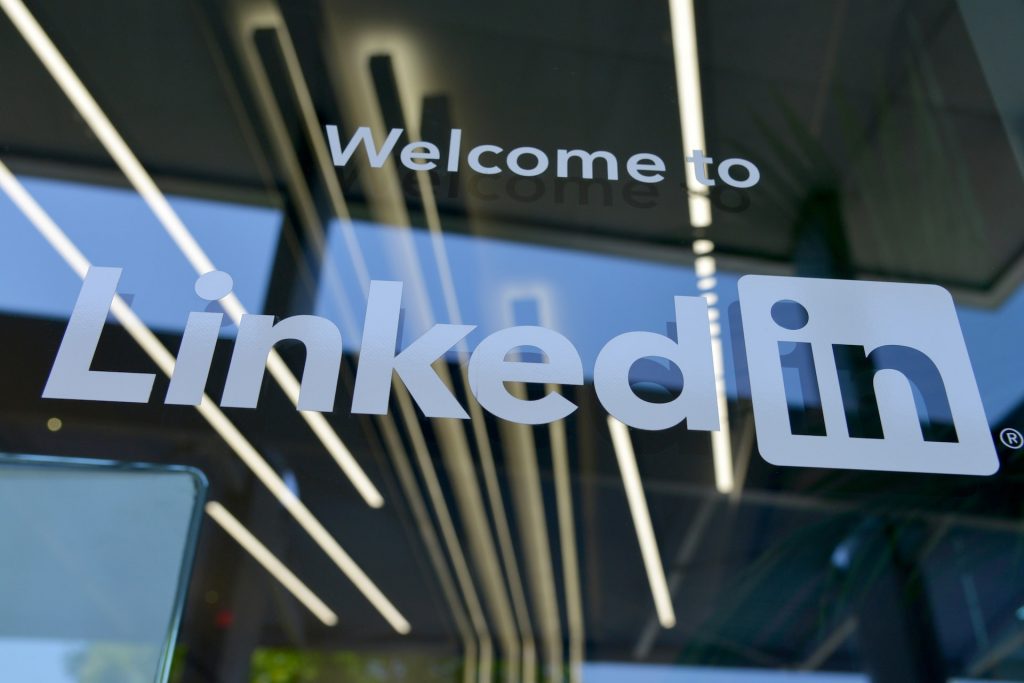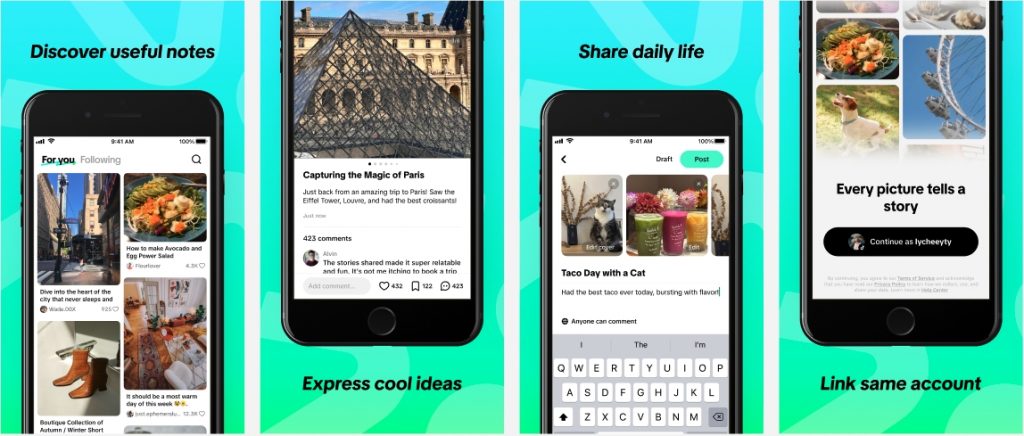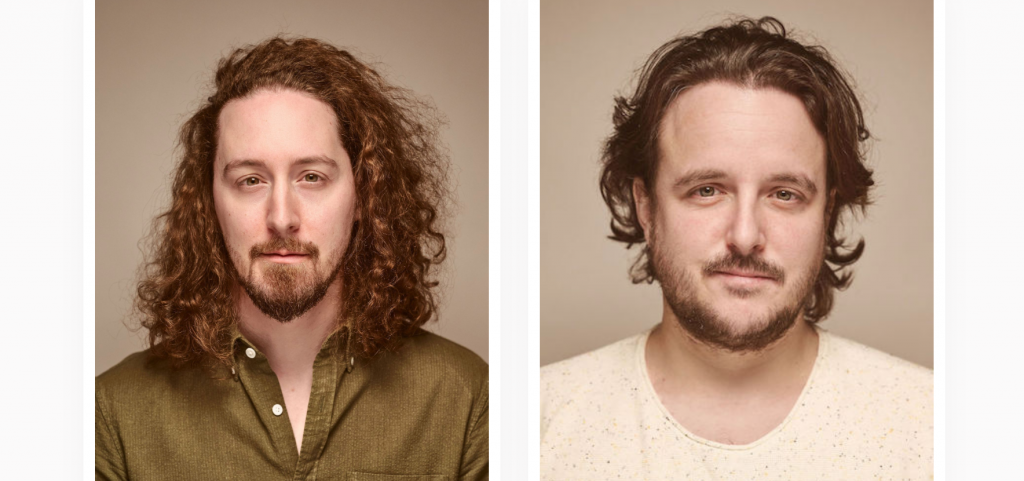The world of social networks is undergoing a significant reconfiguration. Among the notable trends is the rise of LinkedIn for content and influencer marketing.
1 billion users. On November 1st, LinkedIn announced that it had joined the exclusive group of digital services with a 10-figure user base. While the United States remains the leading market for the professional social network in 2023 (211 million users), 80% of new users on the platform now come from other countries. Particularly notable are India (117 million users), Brazil (70 million), the United Kingdom (37 million), France (28 million), and Canada (22 million).
Despite these significant figures, the platform, owned by Microsoft since its acquisition in 2016 for $26.2 billion, has always suffered from an outdated image. Too formal, cold, constantly lagging behind other social networks in terms of current features…
However, LinkedIn seems to be becoming “cool.” This is the opinion of many observers, reflected in an article by Bloomberg published last summer. To this, LinkedIn’s Product Director, Tomer Cohen, humorously responded, “I believe LinkedIn has always been cool, but people are starting to see just how cool we really are.”
“LinkedIn is probably the most underestimated social network by businesses,” says Francis Jetté, a social media specialist. “It is a powerful tool for B2B companies looking to generate new leads and enhance their brand visibility in their target market.”
The Replacement for Twitter/X?
The reasons for this turnaround are multiple. Firstly, the platform gradually adjusted its algorithm to encourage users to engage beyond the outdated “professional anniversaries.” As a result, according to the professional social network, subscribers are now twice as active as they were in 2021.
Moreover, the pandemic had a noticeable effect. While this was the case for all social networks, LinkedIn, in particular, saw the blurred boundary between personal and professional life due to remote work. More and more users mixed genres, sometimes with awkward results. Seeing people talk about their children, marriage, or hobbies is no longer the exception.
Finally, this relative enthusiasm should be placed in the current context of the reconfiguration of social media. Facebook and Instagram seem to be focusing more on short videos to avoid being overshadowed by TikTok. Meanwhile, Twitter, now X after its acquisition by Elon Musk, is becoming increasingly unstable and aggressive. Alternatives like BlueSky or Mastodon struggle to take off.
The misfortune of some becomes the happiness of others, and LinkedIn finds itself in a suddenly open field. According to an article in Wired, it might even be the ideal replacement for Twitter. Granted, it remains more formal and with a self-promotion aspect that can be irritating. However, it is no longer uncommon to come across interesting and inspiring posts.
LinkedIn’s significant advantage lies in the absence of profile anonymity. While this sometimes limits humor and irony, it undoubtedly creates a much healthier space for conversations than the old blue bird social media. LinkedIn influencers are emerging, along with the positions of “LinkedIn writers” for top executives.
Is it the right time to understand LinkedIn’s algorithm and best practices for a content marketing strategy?




